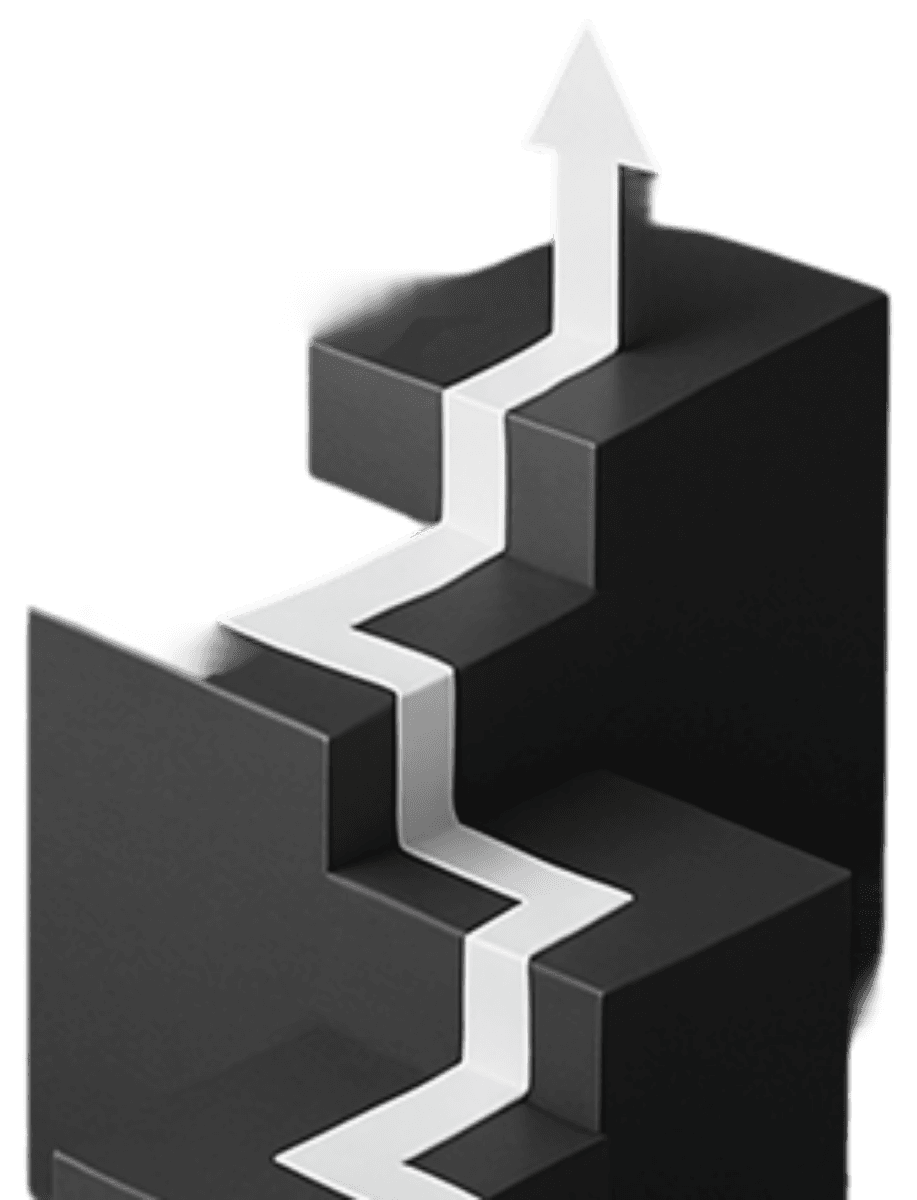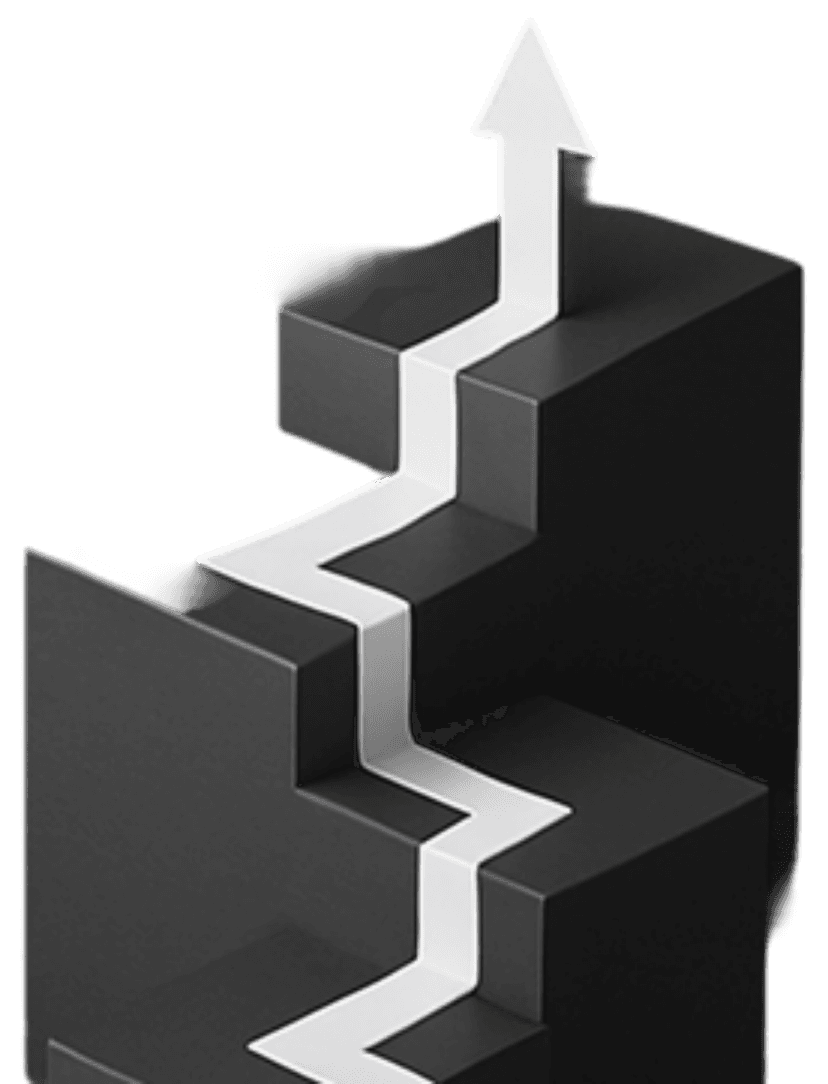Overview
In today's dynamic landscape, Learning Agility is essential! It refers to a combination of skills that make an individual learn from experience and apply insights from those experiences to perform effectively in challenging situations. The RAPID Learning Inventory indicates one's approach to learning and change by measuring aspects such as agility, propensity to adapt, drive for results, and appetite for digital innovation.
Framework
The survey measures 20 dimensions across 5 salient clusters of agility.
Reflective
Introspective- Reflects on one's thoughts, emotions, decisions, and behaviors.
Cognizant- Aware of personal strengths and weaknesses without blind spots.
Fluid- Focuses on self-evolution.
Secure- Recognizes intangible goals to achieve secure outcomes.
Avid
Ideating- Envisions the future and acts towards making it a reality.
Daring- Tinkers with new ideas despite uncertain outcomes.
Pioneering- Generates creative solutions to problems.
Navigating- Navigates through winds of change.
Prolific
Driven- Strives to realize goals and targets.
Resourceful- Applies the toolkit to achieve set objectives.
Prompt- Moves swiftly from thoughts to actions.
Impactful- Delivers impactful results that garner support.
Immersive
Assimilative- Solicits and accepts feedback from others while considering its merits.
Tenacious- Stays calm and works with others during conflict.
Synergetic- Collaborates to generate unique opportunities for learning.
Bold- Confronts interpersonal differences rather than being threatened by it.
Disruptive
Foreseeing- Anticipates and prepares for shifts in future landscapes.
Proactive- Enables a ripple effect for digital initiatives.
Nonlinear- Makes connections and draws conclusions from seemingly unrelated concepts or ideas.
Objective- Integrates data with informed intuition.
Use Cases
High-Potential Identification
Development & Promotions
Test Description
Each dimension consists of a set of statements that are presented to the participant. The short statement is followed by response options on a 4 point Likert scale (For example: Strongly Disagree to Strongly Agree). Participants are required to select one option out of four. There are no right or wrong answers. Instead, scores are used to determine where the participant stands on the dimension continuum.

Each dimension consists of a set of statements that are presented to the participant. The short statement is followed by response options on a 4 point Likert scale (For example: Strongly Disagree to Strongly Agree). Participants are required to select one option out of four. There are no right or wrong answers. Instead, scores are used to determine where the participant stands on the dimension continuum.
key details
- Testing Time30-40 Minutes
- Target AudienceMiddle Managers, Senior Leaders
- LanguageEnglish + Other Languages on request
- TeamOur experts with I/O Psychology backgrounds follow guidelines of the BPS (British Psychological Society)
- ModelIt is based on an integrated model that borrows from the works of eminent psychologists Lombardo and Eichinger (Conceptual Model of Learning Agility) and the Nine-factor model of learning agility (Burke et al., 2016).
Rigour of tool
- Reliability
- Validity
- Norm Development
Relevant for Industries
IT/ITeS
BFSI
Pharmaceutical
Manufacturing
FMCG
Hospitality
Retail
Report
Take a look at the individual report that is delivered to candidates who take the RAPID Learning Inventory Assessment

Why use RAPID Learning Inventory?
How we respond to changing circumstances can either make or break us! By measuring dimensions needed to conceptualize what is happening, anticipate future changes, and develop personal strategies, RAPID powers your talent decisions and enables a future-ready workforce.

How we respond to changing circumstances can either make or break us! By measuring dimensions needed to conceptualize what is happening, anticipate future changes, and develop personal strategies, RAPID powers your talent decisions and enables a future-ready workforce.
Benefits
- Enabling PeopleAn introspective and empowering experience to unravel one’s propensity to learn from experiences.
- Seamless ExperienceEasy to navigate interface. Deploy our assessments and get fast results.
- Insightful reportsDecipher reports with ease. Get insights into learning approaches & underlying dimensions.
Build your custom talent solution.
Through Jombay's assessment technology platform, the RAPID Learning Inventory Assessment can easily be combined with other assessments, simulations and video interviewing tools to create a bespoke solution for your organization's specific requirements.


Contact Us
Do you want to know more about our Assessment and Development Centers?
Fill out this form to get in touch.
Fill out this form to get in touch.
By clicking submit you are agreeing to the Terms and Conditions.
